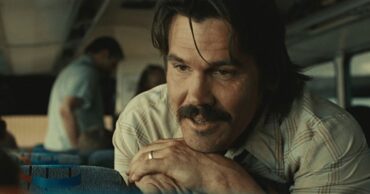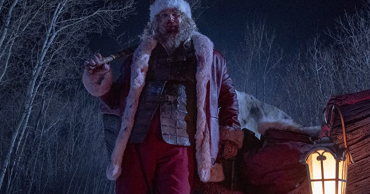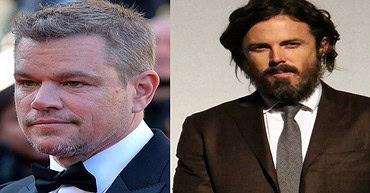The 1984 summer movie season was a defining moment in the film industry, with a flurry of releases setting the stage for how box office performance could influence the success of a film. The opening weekend of “Indiana Jones and the Temple of Doom” saw a massive $25 million intake, while “Star Trek III: The Search for Spock” followed close behind with $17 million. Studios did not shy away from competition, showing their faith in diverse offerings.
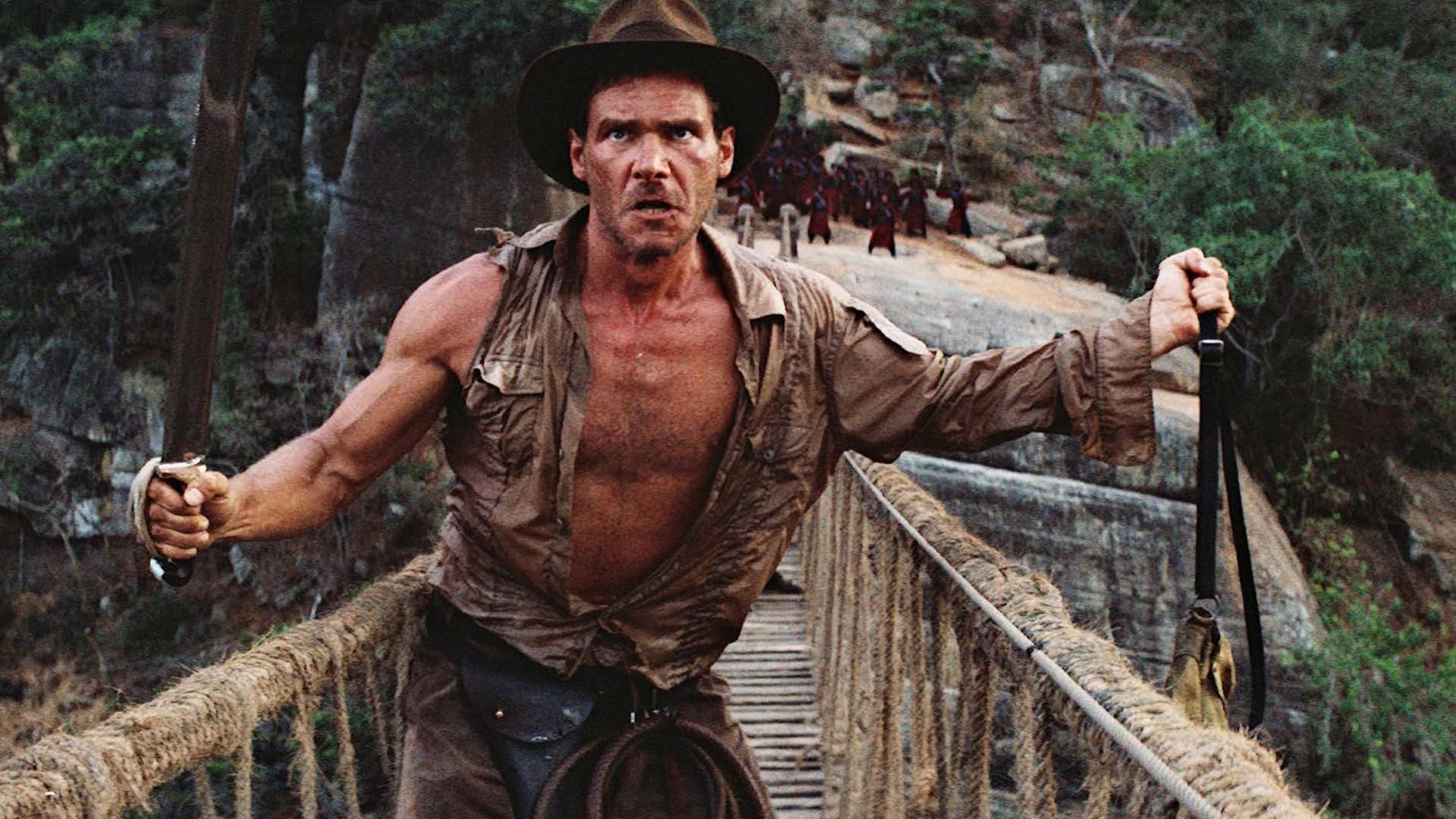
An Unforgettable Competition
In this competitive landscape, Columbia Pictures introduced their own contenders by releasing “Ghostbusters” and “Gremlins.” These films faced off against each other in the same weekend but managed to thrive, showcasing the viability of multiple major releases.
The Underdogs Rise
The real magic happened when understated yet powerful films like “The Karate Kid” and “The Pope of Greenwich Village” entered the fray on June 21. Pitted against Stallone’s “Rhinestone,” they seemed destined for obscurity. Contrary to expectations, The Karate Kid, directed by John G. Avildsen from “Rocky,” resonated strongly with audiences.
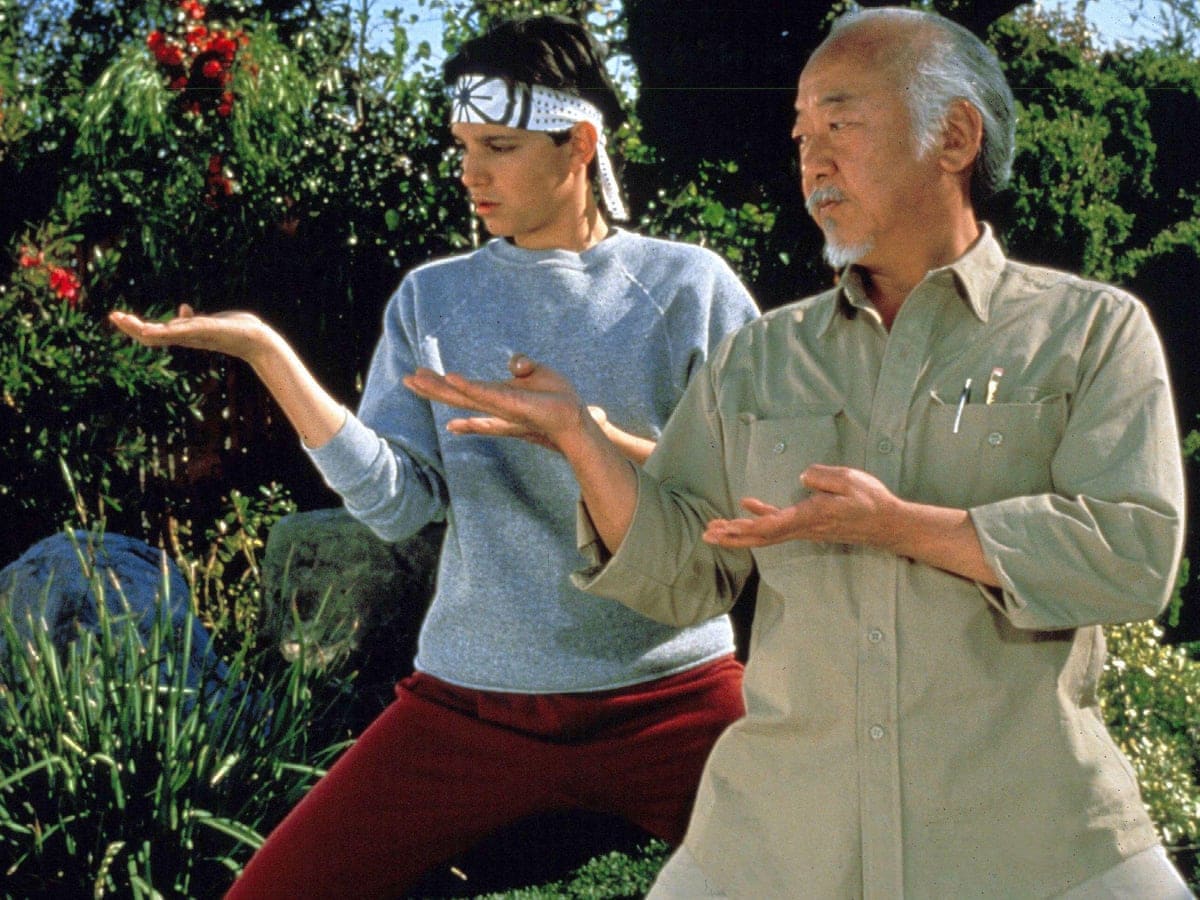
The Second Weekend Surge
Initially overshadowed by blockbusters, “The Karate Kid” faced steep competition. Yet, after a modest start and a strategic screen increase, it benefited from stellar word-of-mouth, resulting in a remarkable 18-percent increase in its second weekend. By Labor Day, it had earned an impressive $70 million domestically.
No Karate Kid, No Cobra Kai
The enduring success of “The Karate Kid” laid the foundation for future films and series like “Cobra Kai.” As Netflix continues to champion these narratives, it’s clear that patience and strategic planning played crucial roles in the original film’s trajectory.

The Heartfelt Reveal
The Karate Kid masterfully weaves progressing themes of learning and friendship. A touching narrative unfolds as Mr. Miyagi’s tragic history is revealed. This intricate storytelling illustrates that emotional depth combined with strong character development can captivate viewers.
No one would get to experience the rush of watching The Karate Kid in a packed house, where Bill Conti’s triumphant score sends you sailing out of the theater elated and maybe just a little teary.
Legacy Defining Moments
The theatrical experience is more than visual; it’s also about shared emotions and moments that can shape cultural memories. Films like “The Karate Kid” crafted unforgettable scenes through careful pacing and meaningful interaction.
He later directed what was expected to be the series’ final installment, Rocky V (1990)
Cinematic Magic Matters
The world is a better place with a compassionate mainstream movie like The Karate Kid
. The careful release strategy exemplified how true magic can happen when studios trust their filmmakers and allow stories to find their audience organically.
 Follow Us
Follow Us


